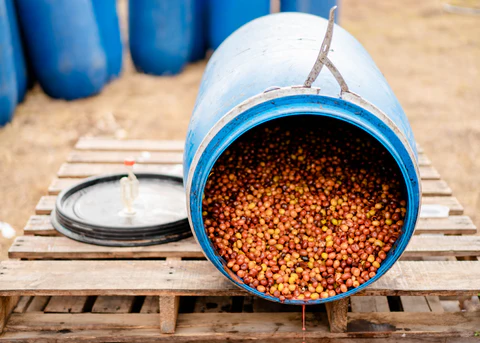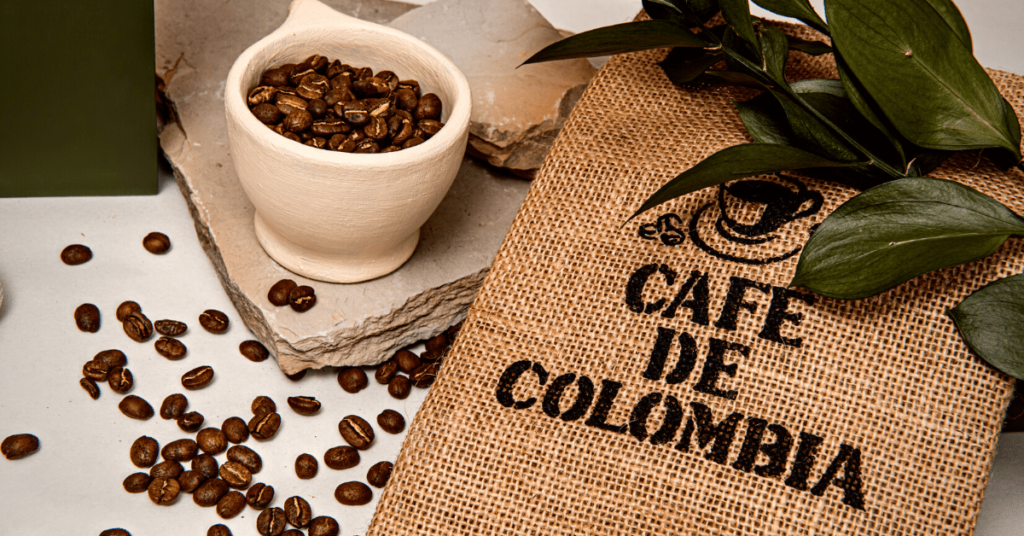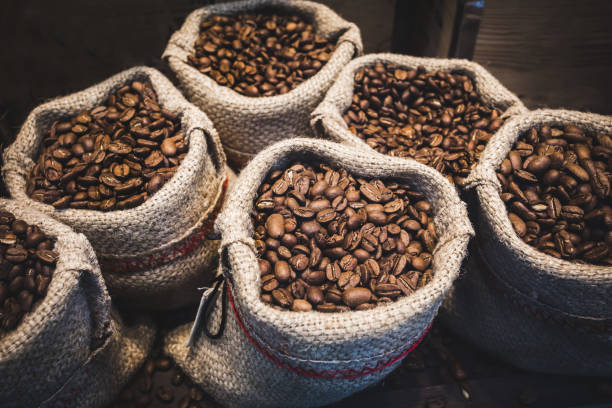Hey, caffeine connoisseurs! We’re cracking open the vault of coffee secrets, and this time, we’re talking about your Moka Pot’s material of choice—good ol’ aluminum. You ever scratch your head, wondering Why Moka Pots Are Made of Aluminum? Get ready for a brew-tiful revelation, my friends!
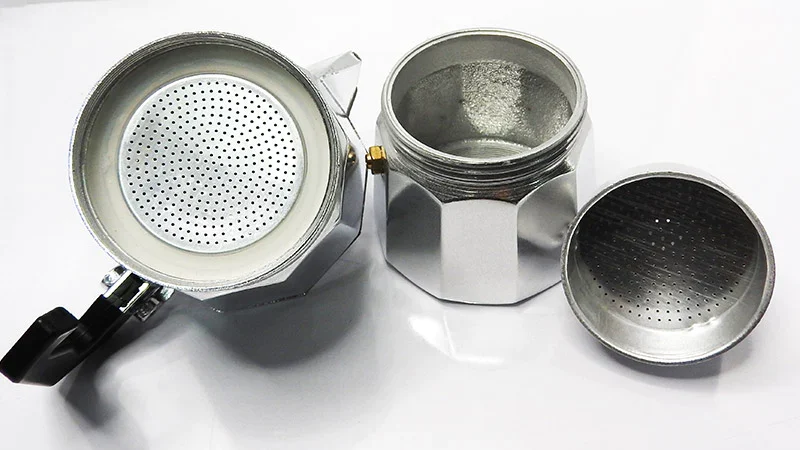
What is an Aluminum Moka Pot?
Before we get into the nitty-gritty of why aluminum and Moka Pots are like the espresso version of PB&J, let’s talk about what an aluminum Moka Pot actually is. This contraption is a stovetop coffee maker designed to brew coffee by passing boiling water pressurized by steam through ground coffee.
It’s not quite espresso (so hold off on the purist snobbery), but it’s a deliciously strong cuppa that’ll kickstart your day. Now, most Moka Pots you’ll find on the market are made of—you guessed it—aluminum. Why? Stick around, and you’ll find out.
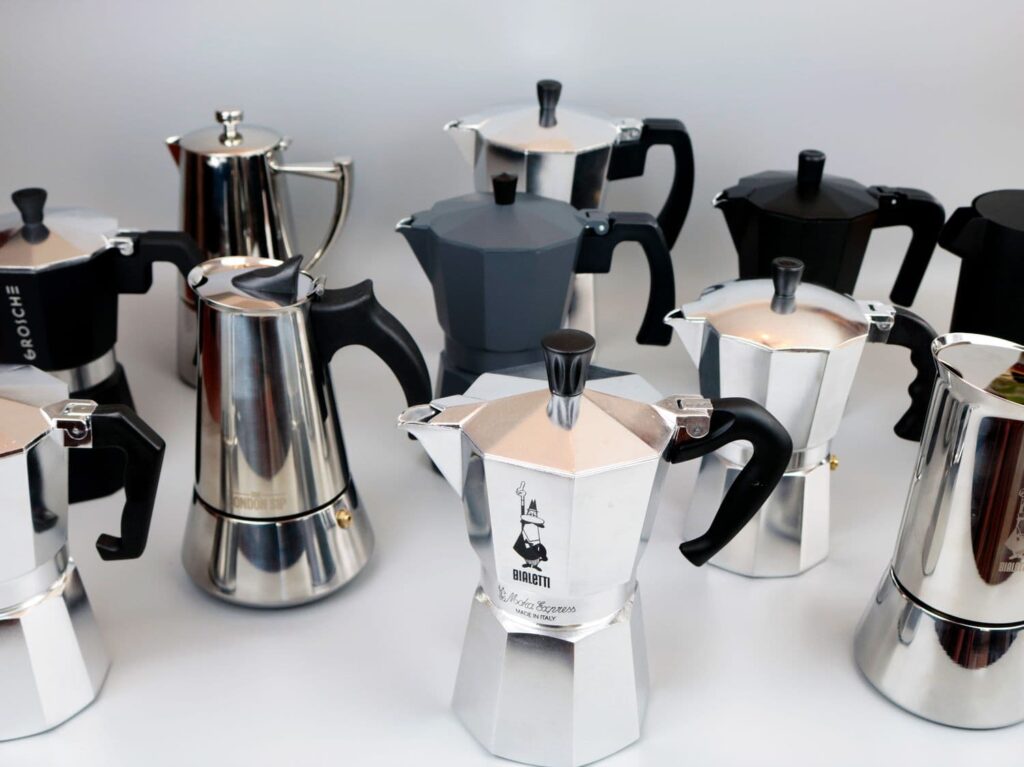
Reasons You Need to Know Why Aluminum Rules the Moka Pot World
Before you go all “materialistic” on me, hear me out. Knowing why this metal is the go-to for Moka Pots isn’t just coffee nerd trivia. It’s essential info that could influence your brewing game!
- Cost-Effectiveness: It is lighter on the pocket compared to other materials like stainless steel. That means more money for quality beans!
- Heat Conductivity: It heats up fast and distributes that warmth evenly, making it a champ for quick and consistent brewing.
- Durability: No one likes a drama queen, and it is anything but. It’s hard-wearing and can withstand the daily grind—pun totally intended.
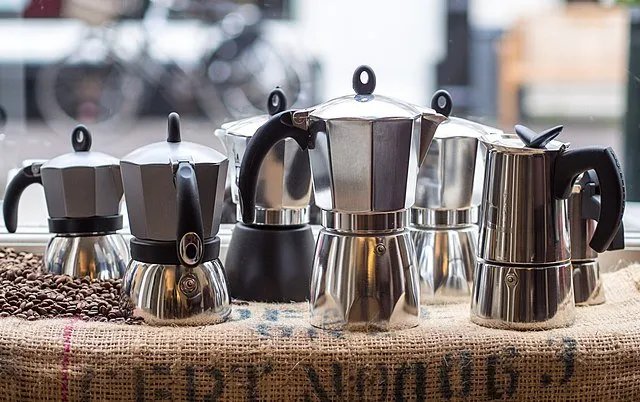
So, why does this all matter? Because understanding your gear is the first step to elevating your coffee game. And if aluminum Moka Pots are good enough for Italian nonnas, they’re good enough for us!
A Brief History of the Moka Pot
Before aluminum Moka Pots became the caffeine-loaded staple in kitchens worldwide, let’s jump in the coffee time machine and find out how it all began. The Moka Pot was invented by an Italian dude named Alfonso Bialetti in 1933. The man was a genius, no doubt, and the Moka Pot quickly became Italy’s favorite home-brew method.

Okay, time to segue into the meat—or rather, the beans—of this article. How did aluminum become the star of the Moka Pot show? Hold onto your coffee mugs; it’s about to get historical up in here.
When Aluminum Became the Most Common Material for Moka Pots
So, why did aluminum become the leading lady in the Moka Pot narrative? When Bialetti unleashed this masterpiece on the world, he picked aluminum for some stellar reasons.
- First off, aluminum was easier and cheaper to produce compared to other metals at the time, making it more accessible to the everyday Joe—or should I say, everyday cup o’ Joe.
- Secondly, aluminum’s awesome heat conductivity. This stuff heats up faster than you can say “double shot,” allowing for a quicker brew time and an even extraction.
- Last but not least, aluminum’s lightweight and durable nature made it perfect for a stovetop coffee maker that needed to be both portable and tough as nails.

Key Considerations For Successfully Brewing With Your Aluminum Moka Pot
You’re armed with the knowledge, but what about the execution, my coffee comrades? Here are some nuggets of wisdom that’ll make sure your aluminum Moka Pot brew is on point.
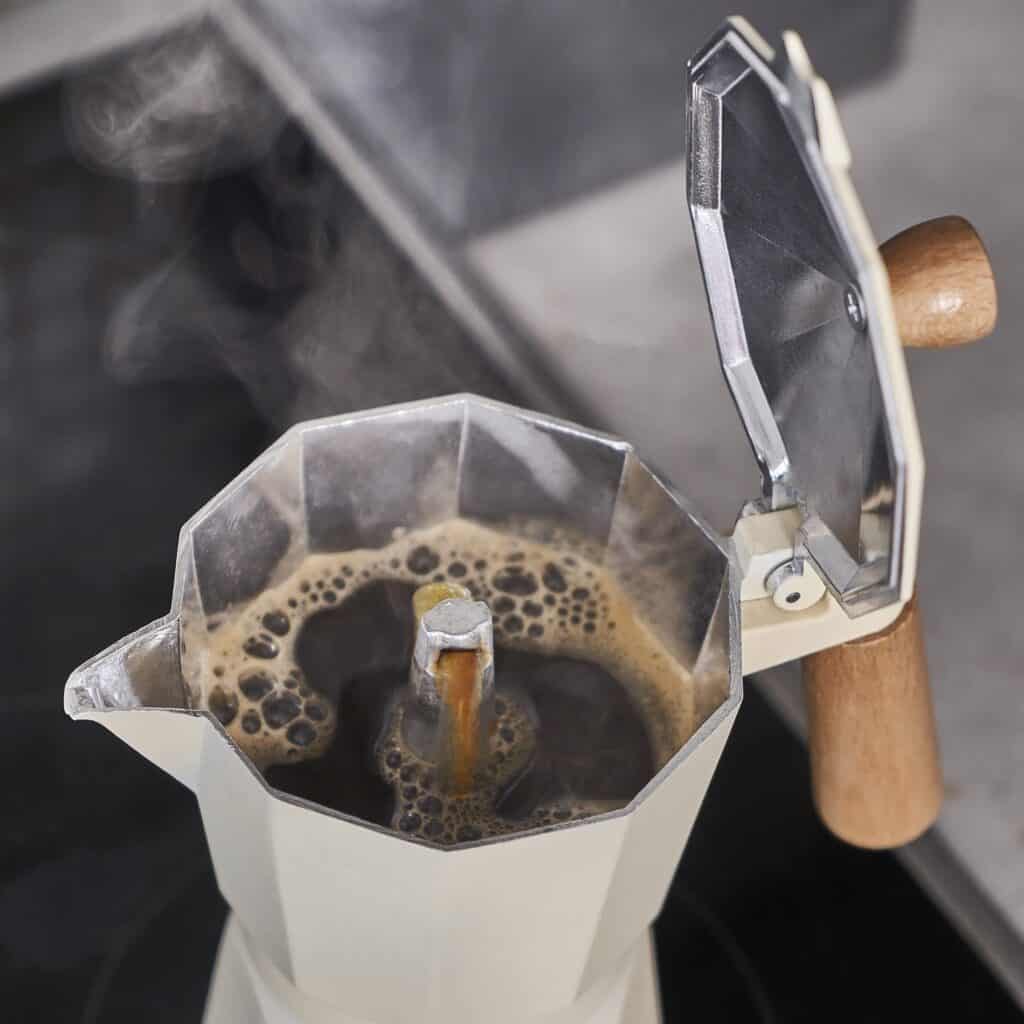
- Preheat Your Water: Using preheated water shaves off some brewing time and prevents your coffee from tasting like burnt rubber.
- Don’t Overfill the Basket: A common rookie move. Overfilling the coffee basket can lead to over-extraction, and nobody wants a bitter start to their day.
- Cool it Down: After your coffee is brewed, run the bottom half of the Moka Pot under cold water. This stops the brewing process, saving your coffee from going into the bitter zone.
Taking it to the Next Level: How to Elevate Your Aluminum Moka Pot Game
You’ve mastered the basics, but why stop there? Here’s how to really get snazzy with your aluminum Moka Pot:
Pre-Infusion:
Before screwing the top and bottom together, let the coffee grounds soak in a bit of hot water for about 30 seconds. This allows for a fuller extraction and a richer flavor. Trust me; your taste buds will thank you.
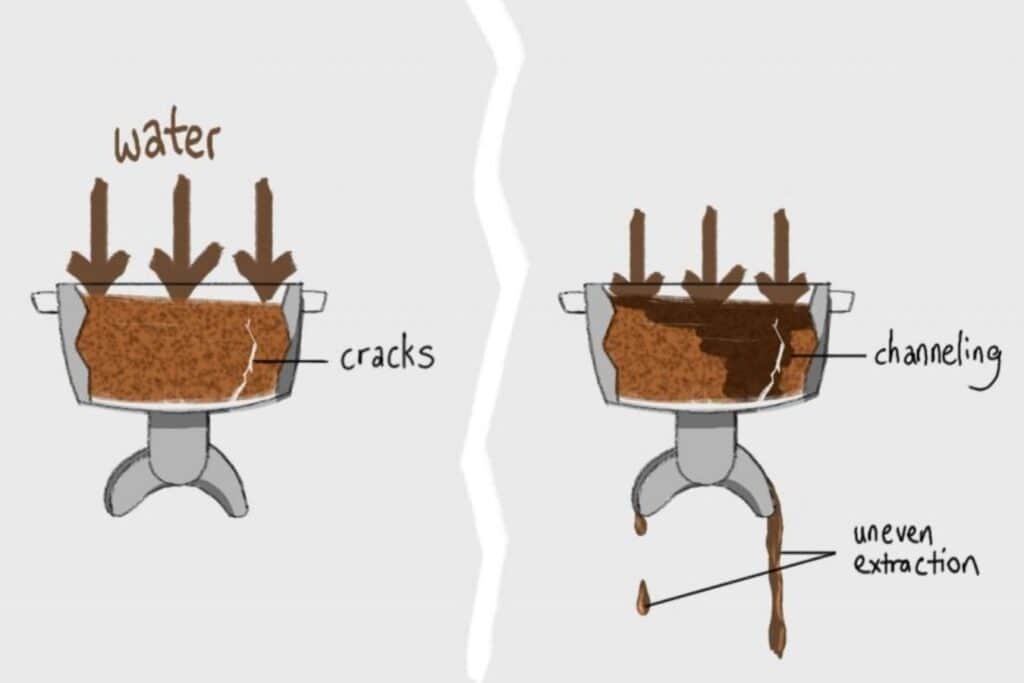
Customize the Grind:
Experiment with different grind sizes. A slightly coarser grind can give you a lighter brew, while a finer grind makes it stronger. Don’t be afraid to play around!

Get Frothy:
Want to pretend you’re a barista? Use a milk frother to add a little foam to your cup. It turns your kitchen into a café faster than you can say “cappuccino.”
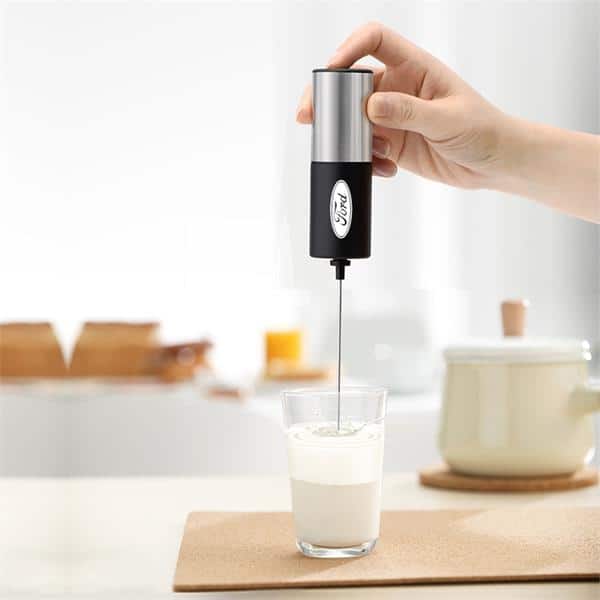
Alternatives to Brewing with an Aluminum Moka Pot
Let’s be real, while aluminum is pretty darn great for Moka Pots, it’s not the only fish in the coffee sea.

Stainless Steel Moka Pots:
These babies are the James Bond of Moka Pots—slick, stylish, and they resist corrosion. Perfect if you’re looking to up your aesthetic game.
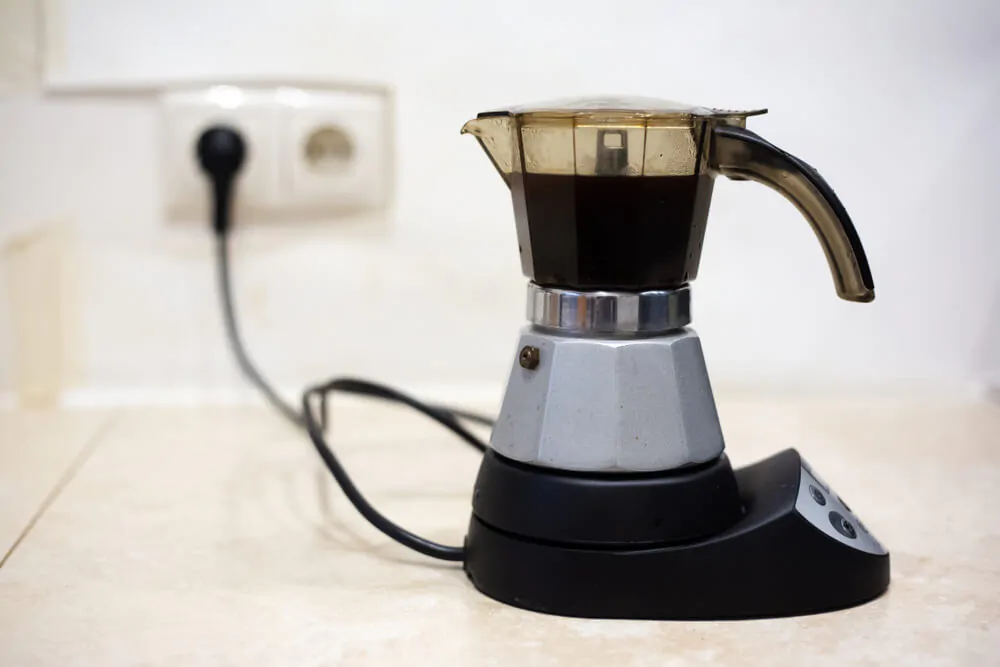
Electric Moka Pots:
If you’re too lazy to babysit your brew (no judgment), electric Moka Pots are the way to go. Just press a button and let the machine do its magic.
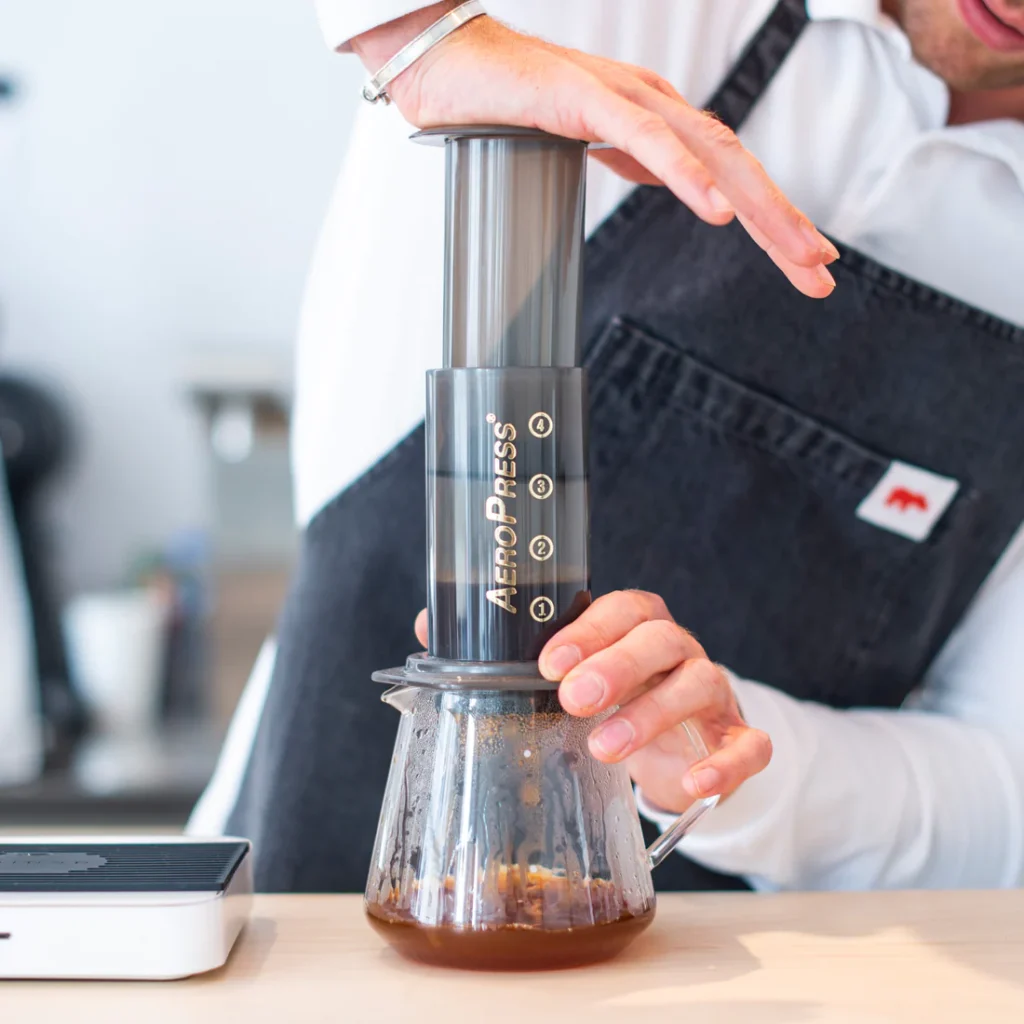
AeroPress:
For the coffee adventurers, this portable brewer is a different experience but offers a concentrated coffee that rivals a Moka Pot.
While aluminum may be the OG material, there are other routes to a killer cup of coffee. But hey, knowing why aluminum reigns supreme gives you a whole new appreciation for that classic brew, doesn’t it?
Wrapping
Alright, we’ve sipped our way through the ins and outs of why aluminum Moka Pots are such a big deal. As for me, I’ve been using an aluminum Moka Pot for years, and let me tell you, it’s like a trusty old friend that never lets you down. Whether it’s the cost-effectiveness, the quick heat-up, or the sheer durability, aluminum is where it’s at!
So, go ahead, give your aluminum Moka Pot a loving pat next time you use it, knowing full well that you’re part of a grand tradition of stovetop brewing excellence. Ready to turn those beans into a cup of heavenly brew? Your aluminum Moka Pot is waiting!
Got questions? Comments? Just want to geek out over coffee? Drop a comment below or hit me up on social media. Let’s keep the coffee convo going, folks!
Disclosure: Our blog contains affiliate links to products. We may receive a commission for purchases made through these links. However, this does not impact our reviews and comparisons. We try our best to keep things fair and balanced, in order to help you make the best choice for you.

